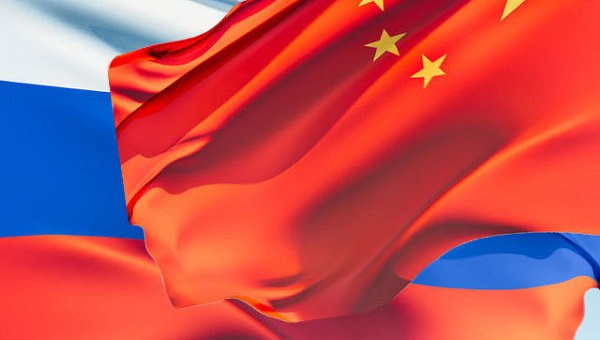Russian gas supplied to China is cheapest in the world
The Kremlin has been unable to fill its budget after redirecting its gas policy towards the east after the annexation of Crimea and the beginning of the sanctions war with the West.
While spot gas prices in Europe and Asia exceeded $ 1,000 per thousand cubic meters, and in the United States soared at a record speed in 10 years, China continues to buy gas from the Russian gas giant Gazprom at bargain prices.
In the third quarter of 2021, the average cost of gas, which flows through the $9 billion Power of Siberia pipeline, was 0.9 yuan per cubic meter, or about $ 140 per thousand cubic meters, the Russian newspaper Vedomosti reported, citing a report by JP Morgan.
Russian gas for China cost 4.2 times less than LNG, and 30% lower than the gas of other pipeline operators.
According to Wood Mackenzie, Myanmar pays China twice as much for gas, Turkmenistan pays 30% more, and Kazakhstan and Uzbekistan 10% more.
Hardly anywhere in the world market one can find export gas cheaper. At the JKM hub (Japan, Korea), the average price in September was $ 30 per million British thermal units (BTEs), at the TTF hub in the Netherlands - $ 30, at the American Henry Hub - $ 5.5.
Gazprom's supplied gas to China for $ 4.2 per million BTU, and in February and March the price was only $ 3 (less than $ 120 per thousand cubic meters).
"Even President Lukashenko does not have such a discount on Russian gas," says Sergei Suverov, Chief Strategist at ARI Capital Investments.
According to the Russian Federal Customs Service, in the first quarter, the gas that was supplied to Belarus from Russia was 6% more expensive than China, and Armenia paid 27% more. Compared to China, the gas delivered to Europe was 23% more expensive at the beginning of the year, 38% in the summer and 42% in August.
Given the logistics, Gazprom's supplies to China should be more expensive. Unlike pipelines from Turkmenistan, Kazakhstan and Uzbekistan, the Power of Siberia crosses the border of China close to the areas with the highest population density and, accordingly, the greatest demand for energy.
"Increased demand at the entry point gives our gas a competitive advantage in price, because the cost of goods is higher where the demand is higher. But this advantage was not realized and was not reflected in the supply contract with China," Suverov said.
While the Russian budget runs out of money, the Chinese buyer earns. China National Petroleum Corporation, with which Gazprom signed a contract in 2014, resells Russian gas 1.5 times higher through its subsidiary PetroChina, earning on favorable conditions, analysts at JP Morgan write.
Deliveries through the Power of Siberia began in 2020, and their total volume was lower than the one stated in the contract - 4.1 billion cubic meters instead of 5 billion.
In 2021, the flow of gas almost tripled reaching 4.6 billion cubic meters in January-June.
In September 2019, Russian President Vladimir Putin instructed to build a second gas pipeline to China - the Power of Siberia 2, which will pass through Mongolia and connect the gas fields of the Irkutsk Region, the Krasnoyarsk Territory and Yamal with the Chinese market.
